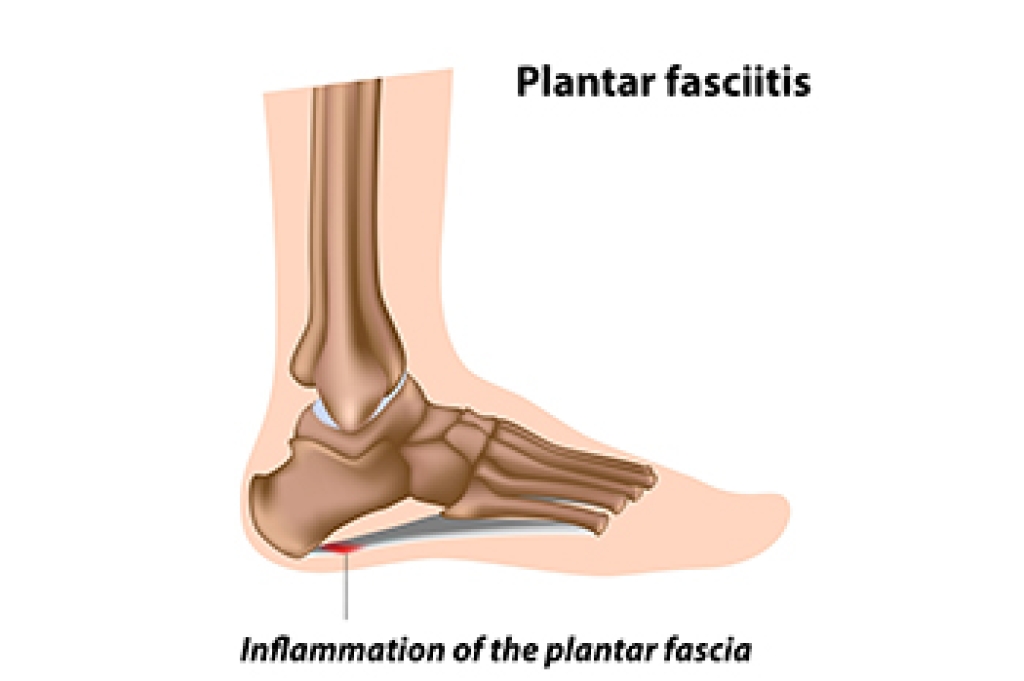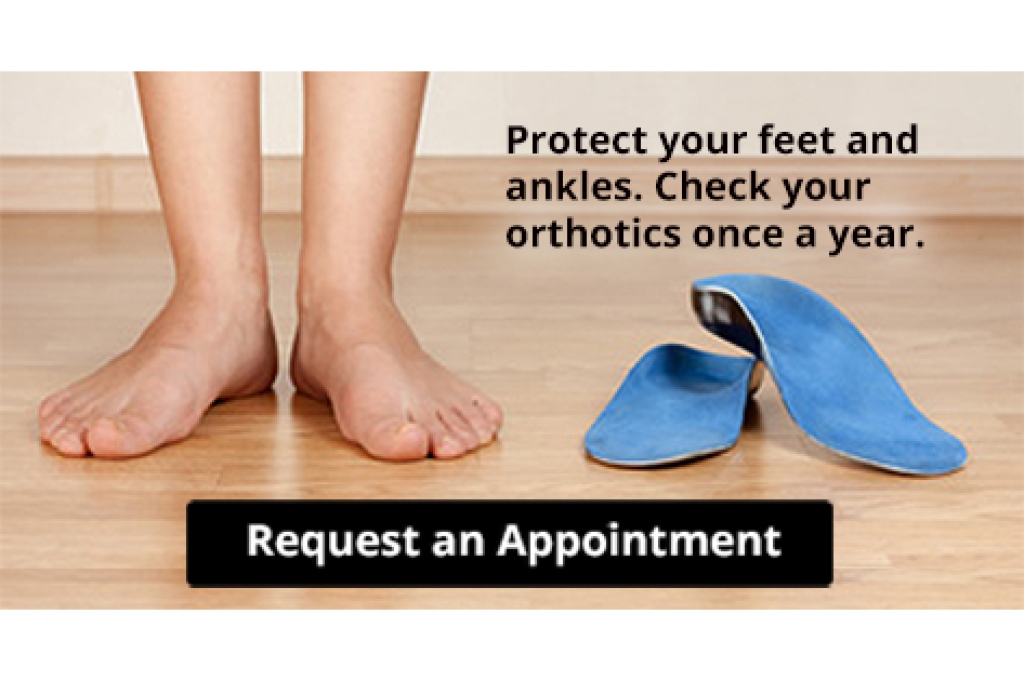
Plantar fasciitis is characterized by inflammation of the thick band of tissue that runs along the bottom of the foot, connecting the heel to the toes. Symptoms often include sharp or stabbing heel pain, especially with the first steps in the morning or after prolonged standing, tenderness along the arch, and swelling. Causes include overuse, repetitive stress, high impact activities, wearing improper footwear, and biomechanical issues such as flat feet or high arches. Risk factors include obesity, age, occupation, and certain sports. A podiatrist can help by evaluating foot mechanics, recommending stretching and strengthening exercises, providing custom orthotics, and offering treatments to reduce pain and inflammation. If heel pain is affecting daily activities, it is suggested that you consult a podiatrist who can accurately diagnose and treat what may be going on.
Plantar fasciitis can be very painful and inconvenient. If you are experiencing heel pain or symptoms of plantar fasciitis, contact Stephanie Tine, DPM from Flamingo Foot and Ankle. Our doctor can provide the care you need to keep you pain-free and on your feet.
What Is Plantar Fasciitis?
Plantar fasciitis is the inflammation of the thick band of tissue that runs along the bottom of your foot, known as the plantar fascia, and causes mild to severe heel pain.
What Causes Plantar Fasciitis?
- Excessive running
- Non-supportive shoes
- Overpronation
- Repeated stretching and tearing of the plantar fascia
How Can It Be Treated?
- Conservative measures – anti-inflammatories, ice packs, stretching exercises, physical therapy, orthotic devices
- Shockwave therapy – sound waves are sent to the affected area to facilitate healing and are usually used for chronic cases of plantar fasciitis
- Surgery – usually only used as a last resort when all else fails. The plantar fascia can be surgically detached from the heel
While very treatable, plantar fasciitis is definitely not something that should be ignored. Especially in severe cases, speaking to your doctor right away is highly recommended to avoid complications and severe heel pain. Your podiatrist can work with you to provide the appropriate treatment options tailored to your condition.
If you have any questions, please feel free to contact our office located in Fort Lauderdale, FL . We offer the newest diagnostic and treatment technologies for all your foot care needs.



